With the exception of turkeys and geese, turtle doves are perhaps the birds most associated with this time of year. They are, of course, the second gift in The 12 Days of Christmas and they also feature in the nativity story – in the Gospel of Luke, a pair of turtle doves are sacrificed at the temple at Jesus’s circumcision.
From Roman mythology through to Vaughan Williams, turtle doves have long been symbols of love and devotion in western culture. According to Shakespeare, ‘a pair of loving turtle doves… could not live asunder day or night’.
Yet sadly the chances of seeing a pair today are dwindling. Since 1966, Britain’s turtle dove population has dropped from 140,000 pairs to just 2,100. The lack of the right kind of arable seeds at the right time of year is the main reason for the stunning decline in numbers. Turtle doves are, in scientific terms, ‘obligate granivores’, which means they eat almost entirely seeds. They need short vegetation, no more than around 15cm, on which they can land and feed on chickweed, trefoils, clovers and many other seeds. In the 1960s and 1970s, arable farming habits changed from spring-sown crops to autumn-sown ones. At the same time, since the 1970s, turtle doves’ nesting habitats have been vanishing as thorny scrubs on farms, village greens and gardens across the country have been replaced with neat lawns and beds.
Turtle doves have also been victims of songbird shooting as they fly over western Europe – particularly France, Spain, Italy and Portugal – on their journey from Africa. The International Union for Conservation of Nature recently upgraded the turtle dove’s status from ‘vulnerable’ to ‘globally threatened’, which is only three categories away from extinct.
However, this tale would not be in keeping with the hope of the Christmas season and, thanks to the efforts of farmers, landowners and conservationists, there could yet be a happy ending. Operation Turtle Dove, a joint campaign by the RSPB and other organisations, has successfully lobbied for a temporary ban in western Europe on shooting migrating birds.
Mark Nowers, the RSPB’s turtle dove conservation adviser in Essex, believes the ban may have saved up to a million birds each season from a shotgun death since then. Farmers and landowners have also played their part by dedicating patches of land to grow the right kind of arable flora that will persuade the birds to land and then give them the right diet with which to feed their young.
‘It is not just those with hundreds of acres to spare,’ says Nowers. ‘Even a plot of five by ten metres in a back garden on the edge of a village can be of benefit. We had a garden in Essex which attracted seven turtle doves. Our attitude is “build it and they will come”.’
Today, turtle doves are most likely to be seen in the east and south of Britain. Suffolk, Kent and Essex are their main strongholds though there is a small population in north Yorkshire and there are occasional sightings in Wales and the south-west of England. We can only hope Operation Turtle Dove is able to make turtle doves a common sight throughout the country once again.
The post Operation Turtle Dove: can these birds be saved? appeared first on The Spectator.
Got something to add? Join the discussion and comment below.
Get 10 issues for just $10
Subscribe to The Spectator Australia today for the next 10 magazine issues, plus full online access, for just $10.
You might disagree with half of it, but you’ll enjoy reading all of it. Try your first month for free, then just $2 a week for the remainder of your first year.

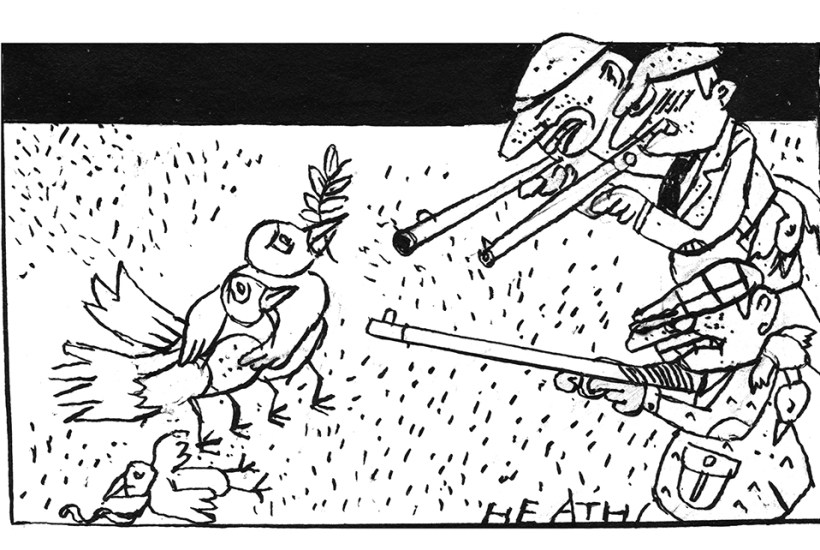
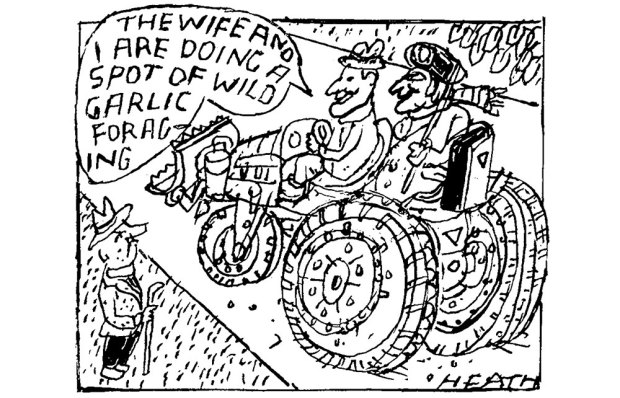

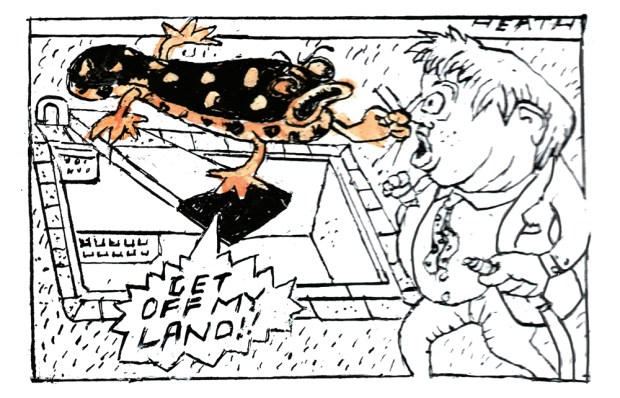

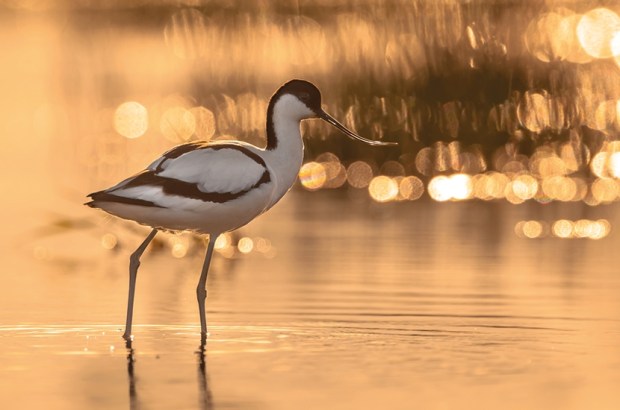
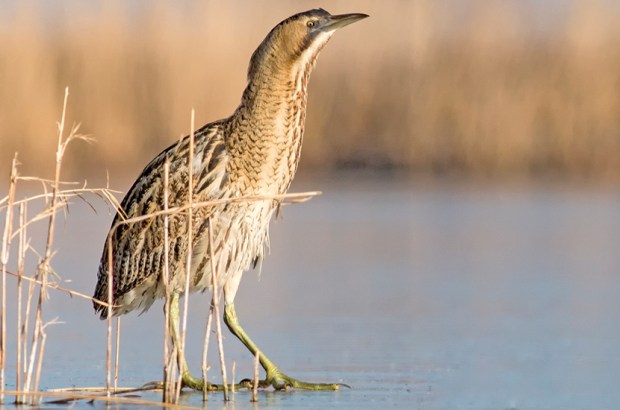






Comments
Don't miss out
Join the conversation with other Spectator Australia readers. Subscribe to leave a comment.
SUBSCRIBEAlready a subscriber? Log in